MEDICAL STUDIES THROUGH THE AGES
A hundred years before Justinian, in 425, Theodosius the Second’s beautiful Empress Eudocia, a highly educated Greek, established the first University at Constantinople: The Pandidakterion. It was in the Magnaura Palace, now being excavated behind the Four Seasons, next to Hagia Sophia, in Sultanahmet. Along with law, philosophy, geometry, astronomy and music, it taught medicine. A hundred years later, the new Hospital of Sampson opened almost next door. It’s likely that its fledgling doctors, then as now, interned at the hospital for the poor.
Here’s a gallery of birds from the Vienna Dioscorides, an illuminated manuscript in Greek, created in 515 in Western Rome. Over the following centuries it became a hospital textbook, containing treatments for snakebite and other calamities. It certainly was used in Constantinople, for it was discovered here in the 1560s and identified as the famous textbook.
By the late seventh century, doctors at the Hospital would have had access to The Medical Compendium in Seven Books, a distillation of information by one Paul of Aegina, a respected physician. He appears to have deserved respect, as the Compendium was in use as a standard medical textbook for the next 800 years.
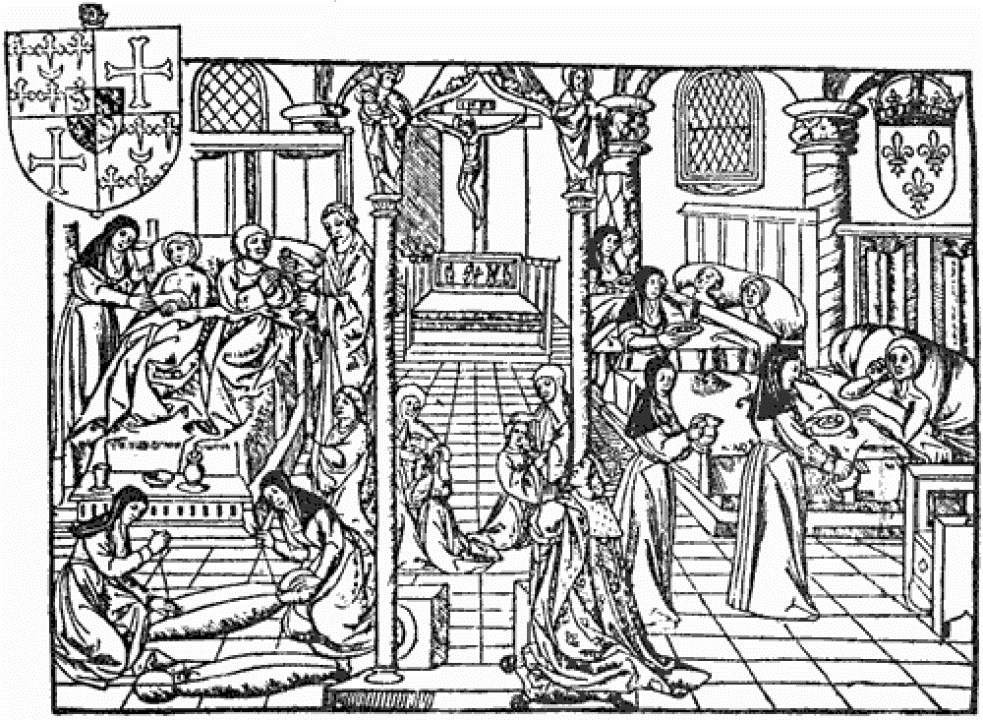
By the 12th century, Constantinople had well-organized hospitals, medical specialists, wards segregated to treat specific diseases, and systematic treatments. They even had women doctors, those Byzantines. Faith was important. After the groundbreaking Hospital of Sampson, hospitals were built next to churches, and later, under the Ottomans, next to mosques. When medicine failed, Byzantine patients prayed with icons of Cosmas and Damien, patron saints of medicine and doctors. Continued emphasis on charity resulted in medicine being available to all.
Many other great physicians practiced in Constantinople, but the atrocity of the Fourth Crusade slowed medical development in the 13th century. Still the Hospital of Sampson survived. When the infamous Italian Crusaders captured Constantinople in 1204, they converted the Hospital into a Western Roman hospital– a hostel for poor and sick pilgrims.
This soon organized into a military order and became quite rich, spawning a daughter institution in Flanders. When the Byzantines recaptured Constantinople in 1261, the Brothers of St Sampson fled to Corinth and built a hospital there, a multipurpose unit that, among many commercial ventures, actually served the poor.
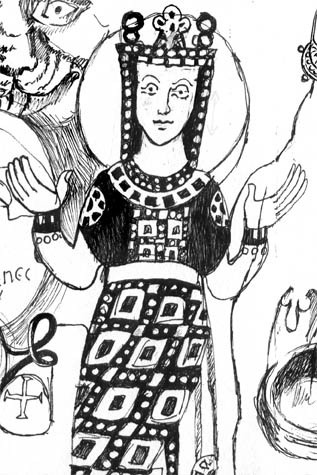
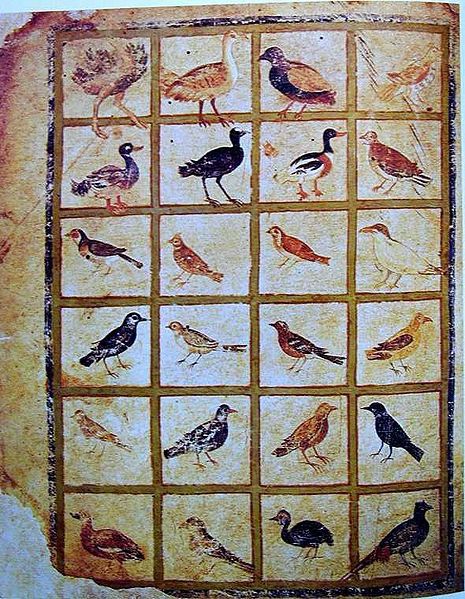
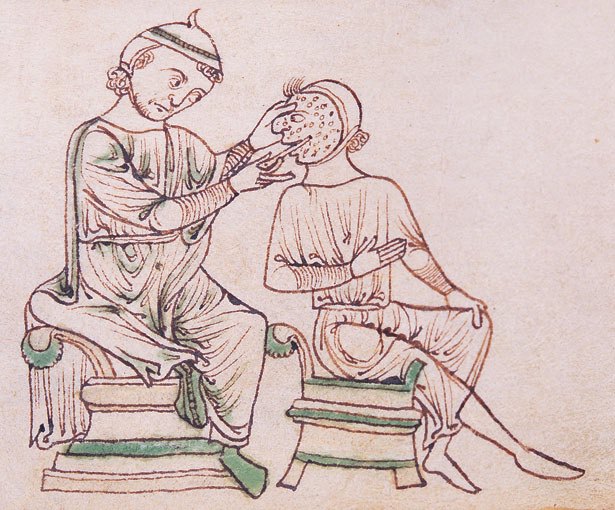
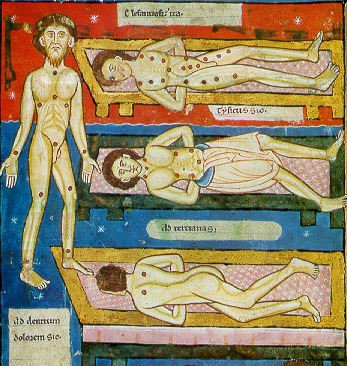
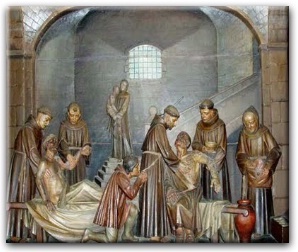
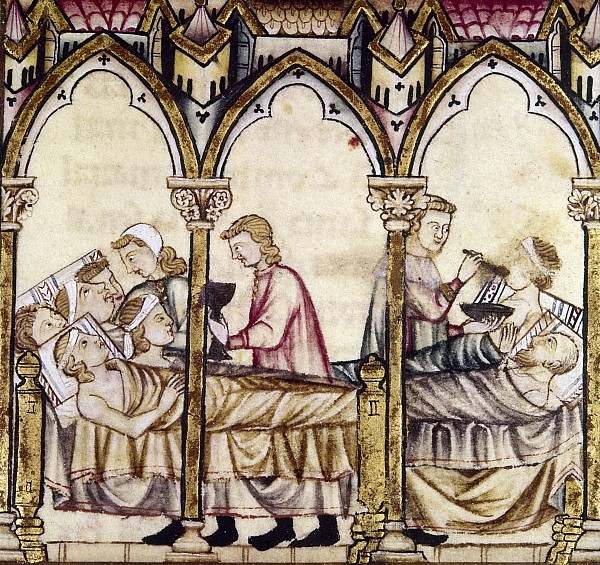
Very enjoyable and emotive of the moody surroundings. Lovely artwork and writing! You did it all! I am a friend of Leslie Foale and she has told me about you. We are both on the Isle of Skye. Best Wishes to you and thank you for such a meaningful and moving post.